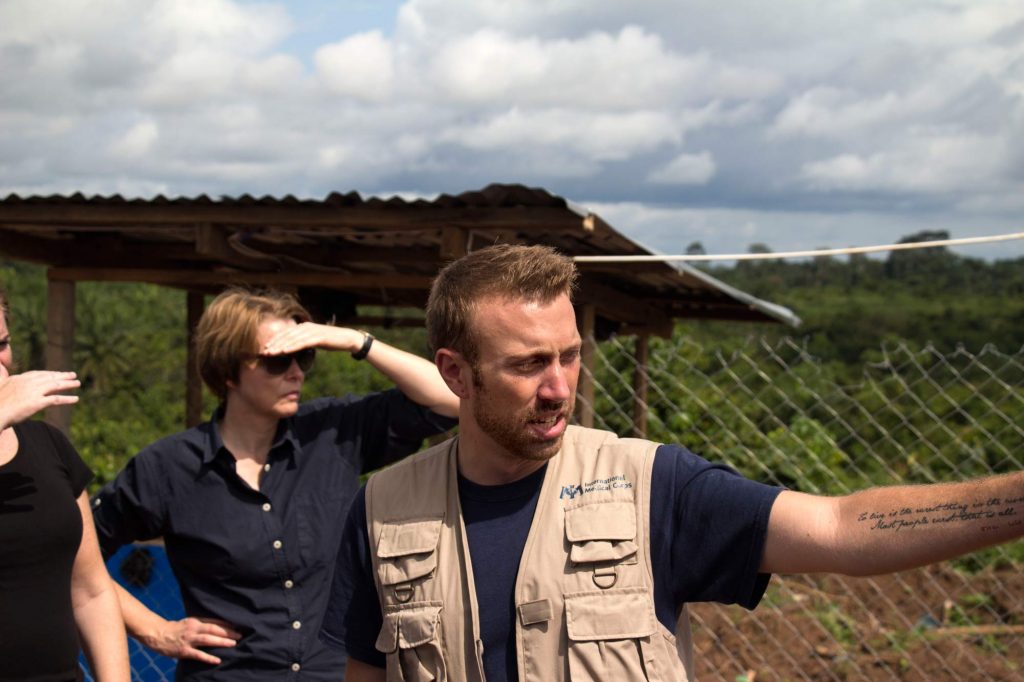Sean Casey, Regional Director of our Ebola Response in West Africa explains what needs to be done to end this outbreak and invest in the future:
“One year after the world learned of the first known Ebola outbreak in West Africa, and around six months since we saw bodies in the streets of Monrovia and ambulances driving around town desperately looking for free beds in the handful of newly opened Ebola Treatment Units (ETUs), we now see a very different reality across West Africa.
In Liberia, thanks to a massive international response, the country is now dotted with ETUs, health facilities are beginning to reopen, and burial teams have time on their hands. International Medical Corps’ two ETUs, one of which was bursting at the seams with patients in November, now rarely see confirmed cases.
While three months ago, the only thought was how quickly they could be opened, in Sierra Leone, the government are discussing the possible closure of some treatment centres. In Guinea, coordination meetings previously concerned with rising caseloads and response coverage now focus on individual cases.
Over the past 12 months, many of us have followed the Ebola outbreak through graphs and charts. The main problem with statistics is that past trends may not be able to predict what is to come. Seeing peaks turn into valleys can give a false sense of security. We should recognise the incredible progress that we have made in bringing the Ebola outbreak under control, but we must not consider our work to be complete until long after we get to zero cases across West Africa. Only by looking beyond the numbers and the trends can we identify the barriers that still exist to reaching zero cases and find ways to make the region better prepared for future emergencies.
Despite the positive signs, I see evidence everywhere I go that we are not out of the woods yet. Two weeks ago in Liberia, an Ebola-positive patient was admitted to a hospital and stayed undiagnosed for a week, putting over 30 health workers at high risk of infection. In Sierra Leone, International Medical Corps’ Makeni ETU went from single-digit patients in January to more than 60 cases in late February – the highest to date. In Guinea, Ebola responders still regularly come under attack by communities that do not understand or trust their work. In both Sierra Leone and Guinea, epidemiologists are now working to address cases arising from unknown chains of transmission – meaning we don’t know how some people are getting infected.
West Africa now stands at a crossroads of threats and opportunities. Collectively, the international community and the affected countries have made enormous investments that have paid significant dividends in lives saved and infections averted. We have brought individuals, families, villages and countries back from the brink, and we can finally imagine an end to this outbreak. We have opportunities to build back better, to prepare for the possibility of future epidemics, to leave a legacy of better trained health workforces, and to contribute to healthier populations in the most-affected countries. Yet this can all too easily be undermined by complacency – by declaring victory too soon and by leaving critical work unfinished.
As humanitarians, governments and affected communities, we can only ensure long-term change by moving beyond this period of crisis and ending this outbreak. We must invest in stronger health systems, better prepared health workers, improved infrastructure and stronger crisis response mechanisms, but we must not lose sight of our first objective: getting to zero.”
